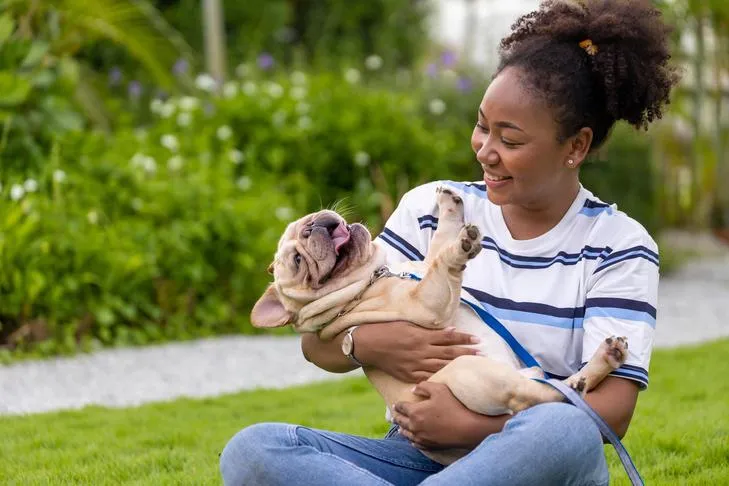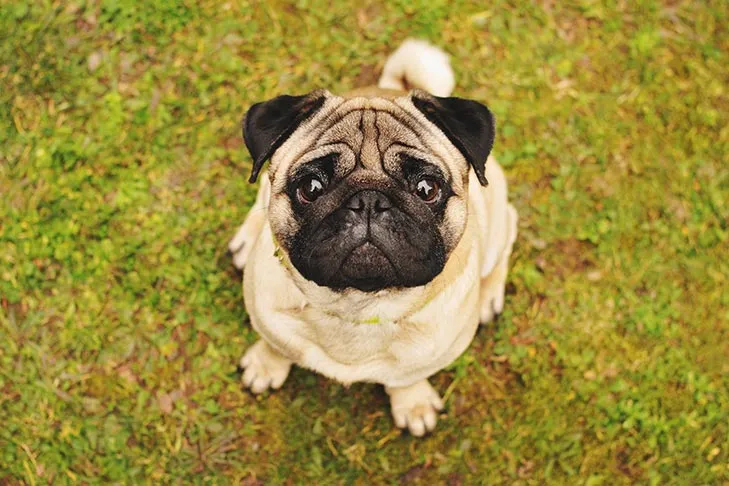Unwanted behaviors in dogs, from jumping on guests to snatching food from counters, can be a source of frustration for any owner. Whether your canine companion is a playful puppy or a mature dog, they can develop habits that need gentle redirection. The good news is that your dog’s desire to please you is a powerful motivator. With consistent effort and clear communication, you can effectively guide them away from undesirable actions. This guide explores proven strategies to address and correct bad dog behavior, fostering a harmonious relationship between you and your furry friend. Understanding the root causes and implementing the right techniques are crucial for success.
A foundational element in managing and correcting negative behaviors is robust training. While commands like “sit,” “come,” or “down” might seem unrelated to behavioral issues, they are intrinsically linked. Positive reward-based training is paramount, as it teaches your dog that performing desired actions leads to positive outcomes. This strengthens your bond, provides essential mental stimulation, and can significantly reduce the likelihood of misbehavior by tiring them out. Aim to introduce a new command weekly while consistently practicing existing ones. For those seeking expert guidance, consulting a qualified dog trainer is a highly recommended first step.
Ensure Adequate Exercise for Energy Release
A well-exercised dog is a well-behaved dog. If your dog spends long hours alone with minimal physical activity, they may redirect their pent-up energy into destructive behaviors like chewing shoes or pulling excessively on the leash. Puppies, in particular, have boundless energy and require more frequent and vigorous exercise than adult dogs. The breed of your dog also plays a significant role in their exercise needs; some breeds are naturally more energetic and require more strenuous activity. If you’re unsure about the appropriate amount of exercise for your dog, your veterinarian is an excellent resource for personalized advice.
 Young woman sitting in the grass holding her French Bulldog.
Young woman sitting in the grass holding her French Bulldog.
Proactively Prevent the Development of Bad Habits
The most effective approach to correcting bad dog behavior is to prevent dogs from developing them in the first place. This involves “puppy-proofing” your home, which means securing items like shoes, toys, and houseplants out of reach. Constant supervision is key, even in a secure backyard, to prevent your dog from engaging in unwanted actions. It is far simpler to preemptively avoid the learning of negative habits than to subsequently unlearn them.
Reinforce and Reward Desired Behaviors
When your dog exhibits good behavior, such as lying calmly instead of jumping or barking, be sure to offer praise and physical affection. Similarly, if your dog walks politely on a leash by your side, acknowledge their good behavior with verbal praise. Crucially, focus on communicating what you want your dog to do rather than what you don’t. For instance, encouraging a “sit” is more effective than reprimanding a “don’t jump,” and promoting a “heel” is clearer than telling them “don’t pull.” This clear direction helps your dog understand expectations more readily.
The Power of Consistency in Setting Standards
Establishing clear behavioral standards and ensuring everyone in the household adheres to them is vital. Inconsistency can lead to confusion and reinforce unwanted actions. For example, if some family members feed the dog from the table while others do not, the dog will learn to beg. Likewise, if you ignore your dog when they jump on you, but others pet them when they do, they will continue to jump on people. This lack of uniformity can undermine training efforts and lead to persistent behavioral problems.
 Pug sitting in the grass looking up at the viewer.
Pug sitting in the grass looking up at the viewer.
Practical Tips for Addressing Common Bad Dog Behaviors
Here are some targeted training tips to help you manage prevalent behavioral issues in dogs:
Managing Jumping
Begin by greeting your dog calmly to avoid excessive excitement. If your dog attempts to jump, stand still like a statue or turn your back. Since dogs often jump for attention, withholding attention is a highly effective deterrent. If you’ve taught your dog to sit, ask them to perform this command, as a sitting dog cannot jump. Once they are calmly sitting, get down to their level to provide the attention they seek. With repetition, your dog should learn to sit automatically when greeted. To prevent jumping on visitors, consider placing your dog in their crate or keeping them on a leash until they settle down. Alternatively, use a dog gate to block access or guide them to a designated spot with a “place” command.
 American Hairless Terrier jumping up on the leg of its owner outdoors.
American Hairless Terrier jumping up on the leg of its owner outdoors.
Addressing Chewing
Chewing is a natural and necessary behavior for dogs, especially during their teething phase. The most effective strategy to protect your belongings is to keep them out of your dog’s reach. Instead, provide them with edible chews or chew toys that are suitable for their age and size. Ensure your dog receives ample exercise and lots of mental stimulation. Furthermore, teaching the “leave it” command is invaluable in cases where they might accidentally get hold of something inappropriate.
Curbing Countersurfing
Once a dog has been rewarded for countersurfing, it can be challenging to break the habit. Avoid feeding your dog scraps from the counter during food preparation or when cleaning up. During meal preparation, you can place your dog in their crate or teach them to remain in a designated spot away from the food using the “place” command. The “leave it” command is also a useful tool if the dog manages to grab something.

Resolving Leash Pulling
During walks, avoid pulling your dog, as this often elicits a reciprocal pulling response. Instead, reinforce walking nicely on the leash by offering praise, marking the good behavior with a dog training clicker, or providing a dog treat. If your dog pulls, stop walking. You can also redirect them by quickly reversing direction and calling them back to your side. Consistency is paramount; ensure no one allows the dog to pull you. Begin practicing in low-distraction environments to help your dog focus on you, regardless of external stimuli.
Managing Excessive Barking
Barking can quickly become a bothersome issue. To address excessive barking, teach a “quiet” or “enough” command. When your dog begins to bark, calmly issue the command. With practice, your dog should cease barking and look to you for praise or a treat. Maintaining a calm demeanor throughout this process is crucial; any excitement from you can be interpreted by your dog as justification for barking. Investigate the underlying cause of the barking: is it boredom, a need for more exercise, or fear of other dogs and people, indicating a need for more socialization? Addressing the root cause is essential. If barking is for attention, resist the urge to engage until the dog quiets down.
The most effective way to correct bad dog behavior is through a combination of consistent training, adequate exercise, proactive prevention, positive reinforcement, and clear, unified household rules. By understanding your dog’s needs and applying these strategies with patience and love, you can cultivate a well-behaved companion and enjoy a stronger, more fulfilling relationship. If you’re facing persistent behavioral challenges, don’t hesitate to seek professional guidance from a certified dog trainer.
